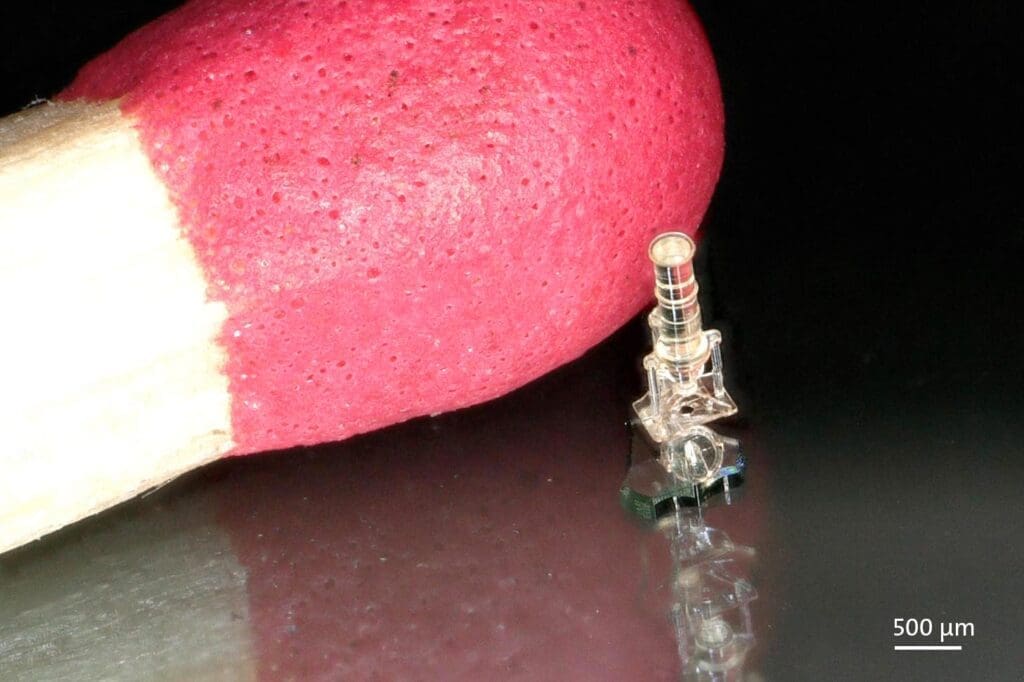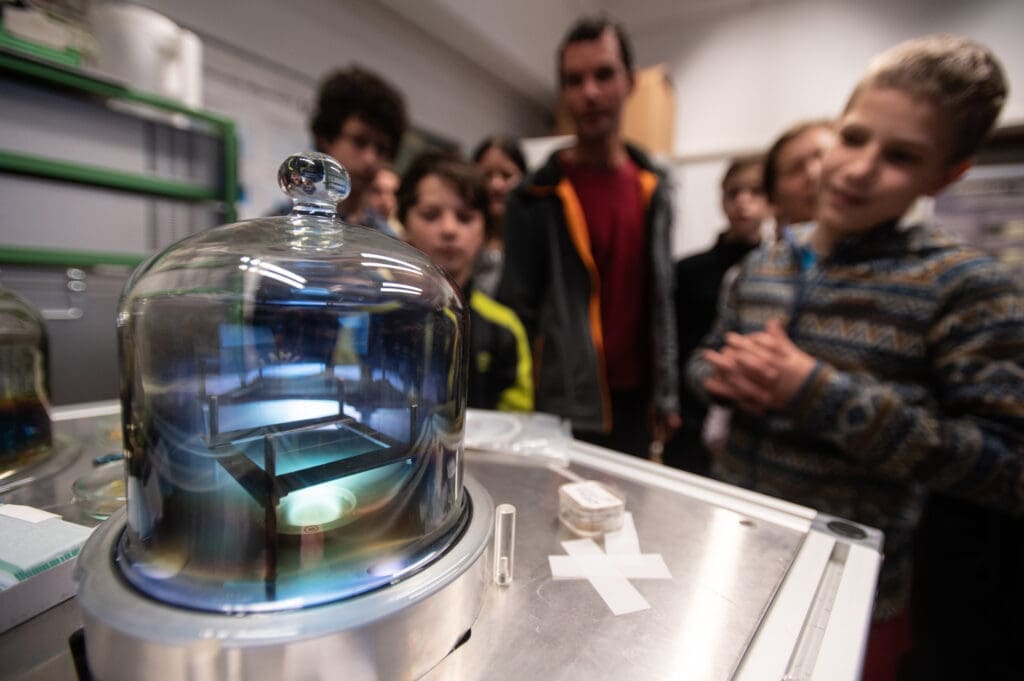Optomechatronics engineering combines elements of optics, mechanics, and electronics to develop advanced technological solutions. This multidisciplinary field plays a critical role in various industries, including telecommunications, manufacturing, and healthcare, where precision and integration of different technologies are paramount. 3D printing, or additive manufacturing, has emerged as a transformative force in optomechatronics by enabling the production of highly intricate components that integrate optical and mechanical functions with unprecedented precision and customization.
The Emergence of 3D Printing in Optomechatronics Engineering
Originally utilized for prototyping, 3D printing has expanded its application to include the production of functional parts in optomechatronics engineering. The technology’s ability to fabricate complex, multi-material objects on-demand makes it ideal for producing integrated systems where optical and mechanical components must align with high precision. As 3D printing technologies have advanced, they have facilitated the creation of components with features that traditional manufacturing methods cannot achieve, enhancing functionality while reducing size and weight.

Advantages of 3D Printing in Optomechatronics Engineering
Complex Geometries and Integration: 3D printing allows for the creation of components with complex internal geometries that seamlessly integrate mechanical, electronic, and optical functions. This capability is crucial for developing compact and efficient systems where every millimeter counts.
Customization and Flexibility: The technology offers unmatched flexibility in designing and modifying parts, enabling engineers to tailor components precisely to specific requirements without the need for expensive molds or tooling.
Rapid Prototyping and Iteration: 3D printing accelerates the design process, allowing for rapid prototyping and iterative testing. Engineers can quickly refine their designs based on real-world testing and feedback, significantly shortening the development cycle.
Material Diversity: Modern 3D printers can handle a range of materials, including polymers, composites, and metals, which can be selected and combined to meet specific mechanical and optical properties required in optomechatronics applications.
Key Applications of 3D Printing in Optomechatronics Engineering
Optical Components: Lenses, mirrors, and other optical elements can be 3D printed with materials that have specific refractive indices. This includes creating complex lens systems for cameras, sensors, and other imaging devices.
Custom Sensor Housings: 3D printing is used to produce custom housings that protect sensitive optomechatronic components. These housings can be designed to ensure optimal alignment of optical elements and facilitate integration with electronic and mechanical systems.
Micro-electro-mechanical Systems (MEMS): The production of MEMS, which combine microscopic mechanical and electronic components, benefits from the precision and scalability of 3D printing, allowing for the miniaturization and integration of these devices into larger systems.
Robotics and Automation: In robotics, 3D printing enables the creation of parts that integrate sensors and actuators with optical components, essential for applications such as robotic vision and precision automation in manufacturing.

Challenges in 3D Printing for Optomechatronics Engineering
Precision and Accuracy: While 3D printing offers high precision, achieving the sub-micron accuracy required for some optomechatronic applications can be challenging. Consistency in printing such detailed components requires advanced printing technology and meticulous calibration.
Material Limitations: The optical quality of materials available for 3D printing often cannot match that of traditionally manufactured optical components. Developing new materials that combine excellent optical properties with printability is a key area of research.
Surface Finish: Many optical applications require extremely smooth surfaces to prevent light scattering. The layer-by-layer nature of 3D printing can produce surface textures that require additional processing to achieve the necessary optical quality.
Integration with Traditional Manufacturing: Combining 3D printed components with parts produced through conventional manufacturing methods can be challenging, especially when strict tolerances and seamless interfaces are required.
Future Directions in 3D Printing for Optomechatronics Engineering
The future of 3D printing in optomechatronics engineering looks promising, with ongoing advancements in printer accuracy, material science, and multi-material printing capabilities. Innovations are likely to focus on improving the optical properties of printable materials, enhancing the surface finish quality directly from the printer, and developing hybrid manufacturing techniques that combine additive and subtractive methods.
3D printing is set to continue its transformative impact on optomechatronics engineering, providing innovative solutions that enhance the precision, integration, and functionality of systems. As the technology evolves, it promises to unlock new possibilities in the design and manufacturing of optomechatronic devices, making them more efficient, compact, and capable of performing complex functions. With ongoing advancements, 3D printing will increasingly become a cornerstone technology in optomechatronics, reshaping the way engineers develop and implement integrated optical and mechanical systems.








